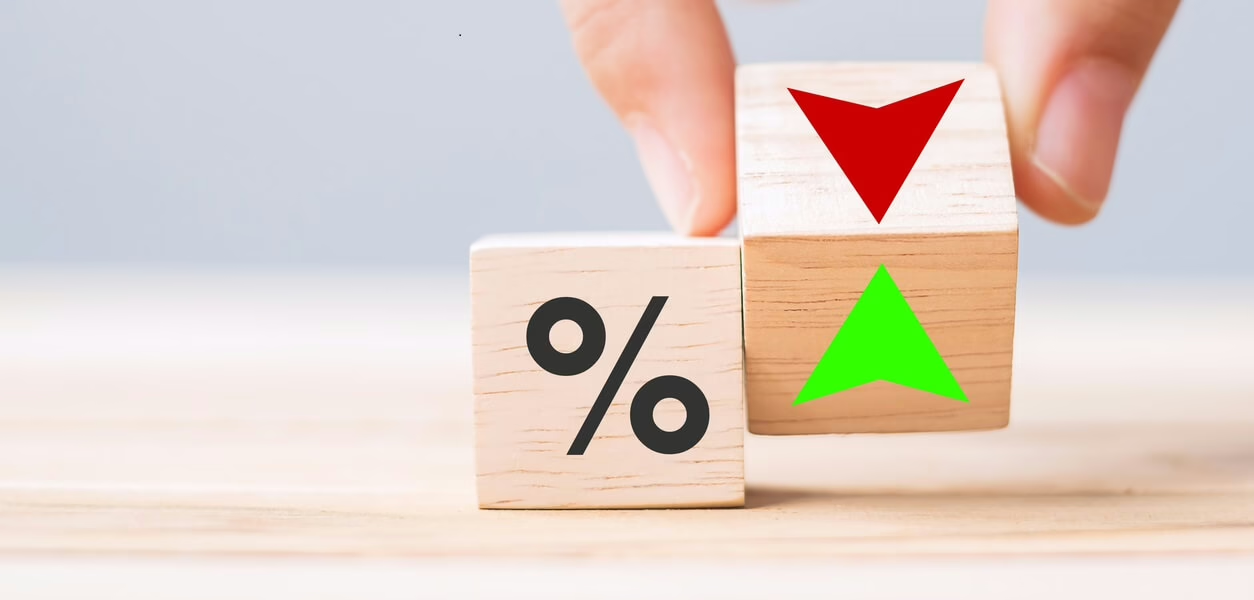
Centrelink uses deeming rates to determine how much you earn. These earnings are added to any other income streams and this total is used to assess your age pension eligibility and the rate you will be paid. The reason a ‘deeming rate’ is used is because Australian retirees can invest in a wide range of investments and the earnings can vary a lot from investment to investment and from month to month. To save itself a huge amount of detailed analysis, the Department of Social Services (DSS) sets (or ‘deems’) a rate that it considers fair, which can be used across the board for all Age Pension income assessments. At any given time this may be higher or lower than the money you actually earn on your investments. Deeming rates are also different, according to different assets thresholds.
The deeming rates and thresholds (current as at July 1, 2021) are as follows:
| Singles | Couples | |
| Lower Limit: 0.25% | Applies to the first $53,600 of financial assets | Applies to the first $89,000 of combined financial assets |
| Upper Limit: 2.25% | Applies to all financial assets above $53,600 | Applies to all financial assets above $89,000 |
To which assets are the deeming rates applied?
The financial assets to which the Centrelink deeming rate is applied include:
- Savings accounts and term deposits
- Managed investments, loans and debentures
- Listed shares and securities
- Certain income streams
- Certain gifts you may make
Are non-pensioners affected by deeming rates?
Yes, even if you don’t qualify for an Age Pension, you may wish to apply for a Commonwealth Seniors Health Card (CHSC). Deeming Rates are applied to your income and determine your eligibility for this card, which offers concessions on health services, prescription medicines, utilities, rates and many other expenses. [link to more on CSHC/application?]
Why not check your deemed income – and current age pension eligibility – now






Is ‘income’ from an Allocated Pension account set up by a rollover of a superannuation account on retirement, subject to deeming for assessment of the age pension?
Hi Ron, great question! The total balance available in your allocated pension is what Centrelink applies the deeming rates to in order to calculate the ‘income’ earnt. The amount you are actually paid into your bank from the allocated pension is not counted as income nor deemed.
In 2 months I will lose my retirement pension because. I will have too many assets from the sale of my house. If I gift 200.000 to my children, when will I regain my pension. Thanks Jean.
Hi Jean, thanks for reaching out for assistance. It would be best to discuss your situation and options available in a more confidential forum. We will send you an email separate to this comment with details on how we can assist further.
This whole set up of “deeming” is theft of entitlement. The age pension was originally set up as reward for a lifetime of work, and when the act was passed it was specifically commented to be “devoid of charity status” “A working man was just as entitled as a retired Judge or Commodore” Both sides of parliament gave applause. Then in more recent years thanks to mismanagement, suddenly retirees who saved for a comfortable retirement supplementing subsistence pensions were called “double dippers” .Pensions came under CentreLink and now treated as welfare ,hence the assets and income impost. Note those using the term “double dippers”are the biggest infringers, retiring on taxpayer funded pensions and earning whatever they like on the side with impunity. And it is pure nonsense and evidence of charity status when those who claim that pensions are for the needy, justifying punishing those who simply saved aside.
Great observation Francis. I am a dual Aussie/Kiwi citizen. If I had moved back to NZ 4 years ago then now I would be receiving a full aged pension that is not means-tested. I have a handful of multi-millionaire school friends back in NZ who are retired and receive the full pension every month. I am not sure if that situation is a good look as there is plenty of poverty in NZ as in Australia. And I can’t ignore the bonus of compulsory superannuation as I am undoubtedly better off because of it, but I was fortunate to have a well-paid job for most of my time in Australia. To have few assets yet still have to put up with the meanness of Centrelink must be a nightmare.
Great comments Francis – l am 69 recently retired then found out l am not entitled to a Centre Link pension according to politicians with a conflict of interest creating an assets test that doesn’t apply to them. The assets Test was created by the Labour Government the workers friend – work that out.
I must be missing something here regarding deeming rates. I cannot see the situation where the amount you earn from deeming rates is the higher between the assets test and the deeming rate amount ,in determining ones eligibility for a pension. Can you please give an example how this could occur.
Hi Sean, I think there may have been a misunderstanding here. The way Centrelink assess you is they will calculate how much pension you would be entitled to based on your income, then do a similar calculation but based on your assets and then whichever of those two figures (income or assets) is the lower is the one Centrelink will use to pay your pension. Where deeming comes into play is that when Centrelink are assessing your income, they will add income you are deemed to earn from your applicable financial assets on top of any other income you earn (eg employment) to come up with your total income figure.
Therefore the amount your earn from deeming is not solely going to be used to determine your eligibility, it forms part of your total income which is then tested to see if it means a lower pension than your assets. In order to have a large amount of deemed income you would have to have a large amount of assets and therefore you would almost certainly have you pension calculated based on the asset value rather then income anyway.
with reply to Steven Sadler you need to qualify that both the income and assetts tests need to meet the centrelink criteria for pension to be considered. Then they take the one that gives the lowest pension.
If you fail either of those tests you are not eligible for pension.
Hi, when is deeming calculated and how often? I am on full pension and have approx $150000 in various investments but pension has not decreased as yet ie Centrelink have not yet applied deeming to me. They are fully aware of my situation but nothing changes.
Hi Bruce, thanks for reaching out! Deeming is automatically and consistently calculated on all applicable assets as soon as they are declared to Centrelink. There are thresholds for income and assets that if you are under it means you get the full Age Pension though. Based on what you have said it sounds like deemed income is being applied to your investments but it is not high enough to warrant a reduction to your pension.